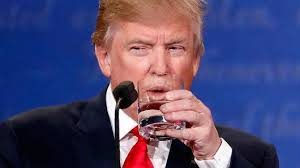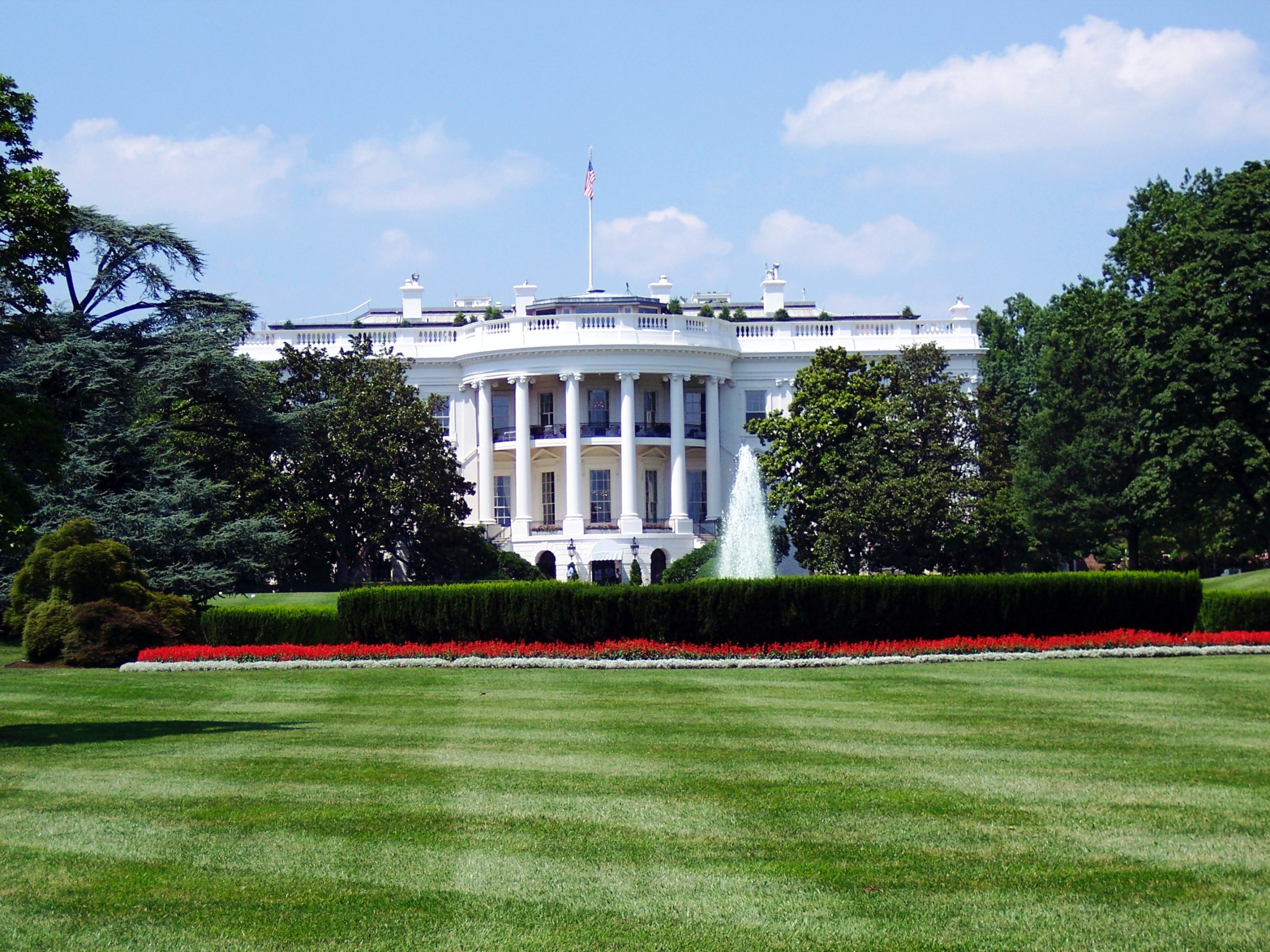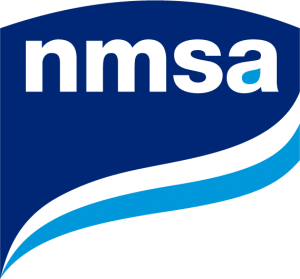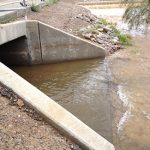
The Trump administration recently imposed a freeze on contracts and grants from the USEPA. This freeze apparently includes new task orders issued under existing on-call contracts. It is currently unclear how long this freeze will be in effect and how it may evolve. And while freezes like this have occurred in the past, it appears that this freeze is more extreme than anything else before.
We consider this as a possible indication of things to come. The question is what long-term impacts may result from these types of actions over the course of the current administration’s term if indeed we are seeing the beginning of a longer-term pattern of behavior regarding EPA’s funding and ability to function. As stormwater professionals, we are placing a keen eye on things that may impact MS4-related programs and issues. Below are some general thoughts and observations on what may be coming down the pike over the next four years – and note that these are not predictions, but conversation starters – let us know if you agree or disagree:
- TMDLs – TMDLs can be developed by either the states or the EPA, but must be approved by the EPA. If the EPA becomes limited due to significant budget cuts or other restrictions, it is likely that this could slow the TMDL development process where the EPA is the lead, and approval of TMDLs developed by the states may also be affected as well. While there may not be relief from TMDLs currently on the books, a weakened EPA may result in a temporary reduction in the approval of new TMDLs.
- Numeric Limits – The EPA has periodically released guidance on numeric limits for stormwater. The latest EPA policy memorandum was released in 2010 and discussed the development of TMDL waste load allocations and compliance with WQS. The Memo affirmed the ‘iterative approach’ but placed greater emphasis on measurable requirements. The memo specified that clear and measurable requirements are mandatory plus numeric effluent limits where feasible. These can be applied system-wide and EPA proposed a concept of WQBELs, these are not just end-of pipe limits – see examples in EPA’s MS4 Compendium. Stormwater discharges are highly variable, transient, with high volumes. Receiving water numeric standards were not generally developed considering these unique characteristics of stormwater. It is possible the debate on the applicability of numeric standards to stormwater will advance under the new Administration.
- WOTUS – The Waters of the US rule has implications for stormwater programs in that it determines which receiving waters are subject to the requirements of the Clean Water Act. The WOTUS rule recently promulgated by the Obama Administration expands the number of waterbodies subject to the Act. If there is one fairly sure bet, it is that the WOTUS rule, currently in litigation, will likely be withdrawn by the Trump Administration. This will mean local Corps Districts and EPA will rely on existing guidance and courts cases, such as Rapanos v. United States in the case of isolated wetlands, to identify receiving waters under federal jurisdiction.
- Chesapeake Bay Program – The USEPA is a signatory to the Chesapeake Bay Agreement and there are a variety of Federal Agency Partners. The States of Pennsylvania, Virginia, Maryland and the District of Columbia are the primary entities implementing the Agreement, but there is some federal funding for the program. The 2009 Chesapeake Bay Protection and Restoration Executive Order established a Federal Leadership Committee to oversee the activities by agencies involved in Bay restoration. While Scott Pruitt, the nominee to head the EPA, has said he supports the effort to clean the Chesapeake Bay, his record in his home state of Oklahoma to settle with pollution dischargers rather than hold their feet to the fire indicates that the role of federal government in the Chesapeake Bay may diminish during the Trump administration. It is also clear that neither EPA nor the Trump administration has any interest in using the Chesapeake Bay as a model for other regions across the country.
- Clean Water Act Amendments – New attempts may be made by stakeholders to modify the Clean Water Act to address specific concerns such as perceived abuse of the citizen suit provisions.
Overall, the bulk of decisions impacting the implementation of the MS4 stormwater program will likely shift to the states in the near term as federal policy is developed. This will likely lead to more disparity in how the Act is implemented nationally, something EPA had tried to temper in recent years.
During this period of rapid change, NMSA will work with groups at the national level as well as with EPA and other federal agencies to keep current on issues such as those discussed above. This will be done to provide information and guidance to NMSA members to help them make the best decisions for their programs and allocate their resources for the highest environmental benefit.




